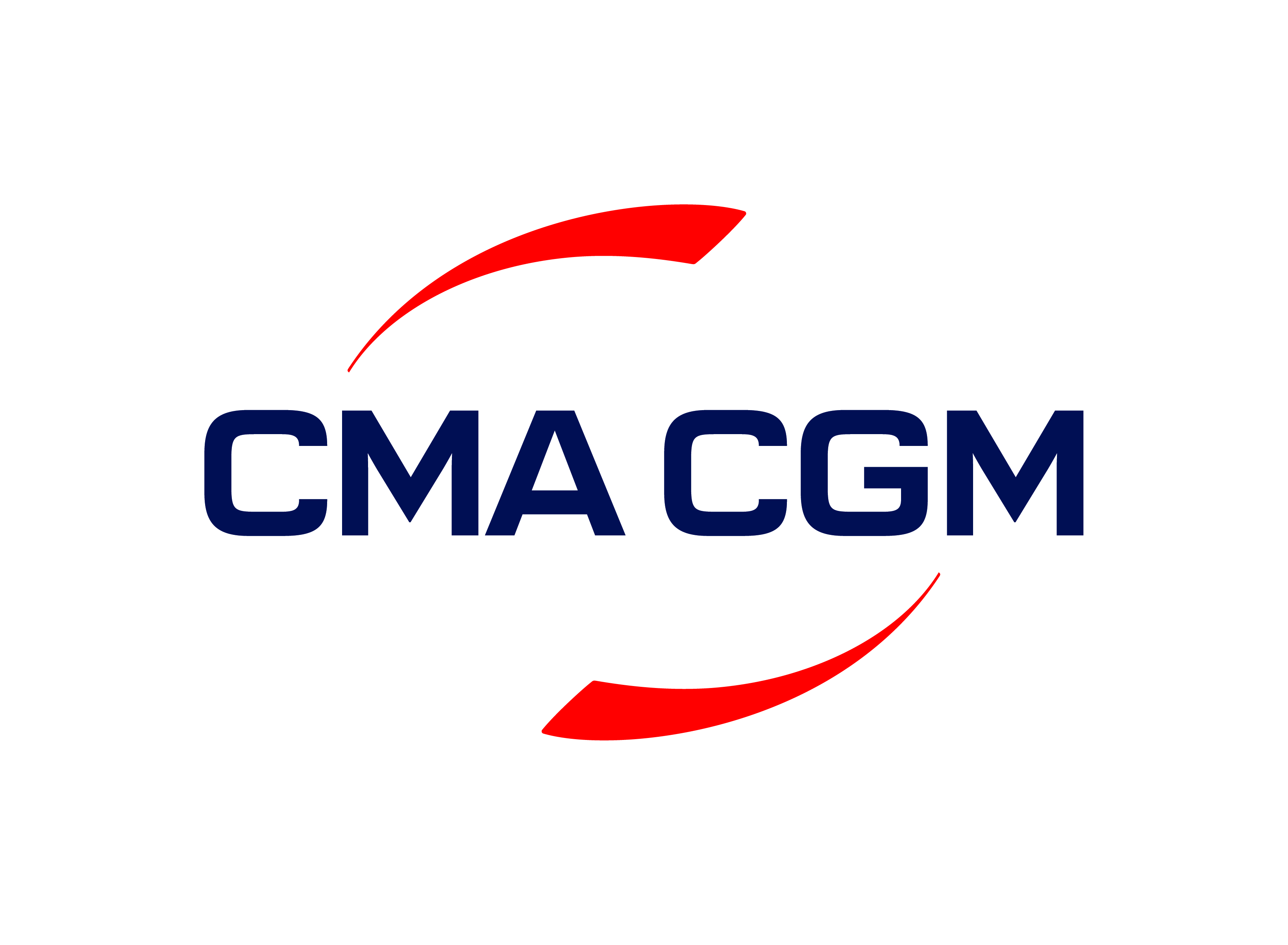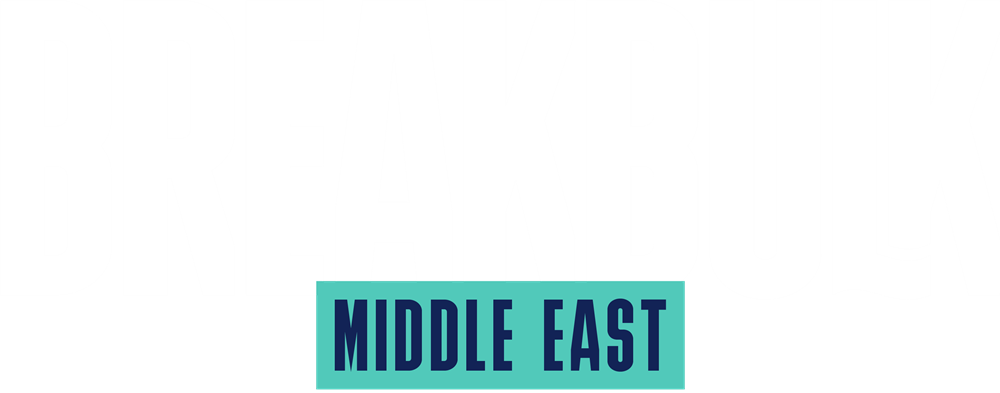Clean Energy Projects Expected to Keep Sector Busy
_1.jpg)
By Luke King
Clean energy projects are expected to keep Europe’s logistics sector busy, but logisticians fear the impact of continued global disruption. The Energy Industries Council (EIC) and project professionals from DHL Industrial Projects, Fracht Group, Siemens Energy, the port of Rotterdam and BBC Chartering share their insights on the region’s opportunities and challenges.
From Breakbulk Magazine’s Issue 6, 2024 Global Outlook series.
EIC Analysis:
Europe is central to the energy transition, setting ambitious decarbonization goals and rapidly attempting to reduce its dependence on Russian energy.
The RePowerEU plan targets 10Mt of renewable hydrogen production domestically and 10Mt of imports by 2030 to drive energy independence and decarbonize sectors like steel and fertilizer. Germany, Spain and the Netherlands lead green hydrogen initiatives, planning 19GW of capacity by 2030 and representing half of the Final Investment Decisions (FIDs) for projects starting by that year.
Supporting this momentum, the EU Net Zero Industry Act (August 2024) has classified electrolyzers as net-zero technology, accelerating manufacturing and permitting processes. In carbon capture and storage (CCS) and carbon capture, utilization and storage (CCUS), the UK and Norway lead, with 55 North Sea projects targeted by 2030.
Collaboration among the nine North Sea countries aims to make the region “Europe’s green power plant,” leveraging the existing oil and gas infrastructure and supply chain for the build-out of renewable energy and carbon storage.
Offshore wind is pivotal, with the UK, Germany and the Netherlands expected to reach a combined capacity of 62GW by 2030, benefiting from mature markets and supportive regulations. Half of these projects will be based in the North Sea, which is also promising for green hydrogen production.
Challenges persist, such as high production costs, slow permitting, and complex supply chains. While offshore wind is relatively mature, it needs integrated grids for expansion. Green hydrogen, despite political support, faces efficiency and supply chain issues. CCS and CCUS continue to depend on government backing, with many projects still in feasibility stages.
Q&A With Local Leaders
1. What is your business outlook for 2025?
 Danny Levenswaard, director of breakbulk, Port of Rotterdam Authority:
Danny Levenswaard, director of breakbulk, Port of Rotterdam Authority:
It’s similar to 2024 – the current market is not great, but it is also not weak. Energy prices are still high compared to the U.S. and China. In terms of volumes, we expect to be handling roughly 6.5 million tonnes annually, the same as 2024. This will be mostly composed of non-ferrous, basic material, followed by steel, forest products and project cargo. With respect to project cargo, we expect a small increase due to the offshore wind projects.
Ruediger Fromm, head of logistics - transmission high voltage grids, Siemens Energy:
The increasing order backlog for 2025 signifies a strong demand across various sectors. This surge highlights the execution of numerous projects, particularly in breakbulk and project cargo, promising growth and opportunities in the coming year.
 Ruedi Reisdorf, owner, Fracht Group:
Ruedi Reisdorf, owner, Fracht Group:
The project business should do better than the overall economy, as there are many much-needed infrastructure, electricity and oil and gas projects that will move ahead “just because they have to” – not because there is real money for it. The money is the real question in the coming years, as most, if not all, countries are running huge deficits. But the consumer is in an even worse situation, as governments and countries can further increase their debt.
 Andy Tite, vice president, global business development & commercial director, DHL Industrial Projects:
Andy Tite, vice president, global business development & commercial director, DHL Industrial Projects:
For 2025, we see a continuation of what we have seen in 2024, but with the genuine hope of some increased stability. This year has been a year of laying down the foundations for the future: there has been no lack of business, but there is seemingly a build-up of matured, pre-FEED/FEED completed projects and opportunities that have yet to realize positive FID. It is very much hoped that 2025 will be the year where, with the aforementioned increased stability, positive investments will follow, and we will start to transition into a period of increased project execution.
Ulrich Ulrichs, CEO, BBC Chartering:
We look positively into the future and expect a healthy year in 2025. The same applies for the years beyond.
2. What sectors or specific new projects in your region do you think will be significant for breakbulk and project cargo in the coming year?
Fromm:
Projects in power transmission and distribution are expected to dominate the landscape, driven by the urgent need to modernize aging infrastructure and integrate renewable energy sources. These initiatives will play a crucial role in addressing the rising energy demands and ensuring grid reliability.
Levenswaard:
We expect offshore wind to generate project cargo such as turbines, monopiles, blades, tower sections and subsea cables. In addition, we expect investments in plants that need to upgrade their facilities as part of energy transition, while barge operators need to invest in their fleet to upgrade to the newest standards. This will result in an increase in cascos (flat-bottomed, square-ended barges from the Philippines) being transported to Rotterdam. Finally, new large-scale facilities need to be developed in the port area, including electrolyzers and hydrogen plants. All of which demands project cargo.
Reisdorf:
The wind business, mainly offshore, and the oil and gas business will be huge. New energy projects, like hydrogen, will come as countries have to satisfy their energy needs and move away from coal and, to a lesser extent, from gas.
Tite:
We have a varied mix of sectors and a robust and diverse client base that provides the ability to pivot between sectors as and when needed. We see the future technologies sector as a clear area of growth and investment and have been quick to build on the decades of experience in this sector within the DHL Group. We will also look to strengthen our focus on the engineering and manufacturing client base, with a new global sector head joining us at the start of 2025, based in Northern Germany.
Ulrichs:
First and foremost, we see the energy sector remaining strong, both in the renewables and oil and gas sectors. We also expect the mining sector as well as metals to be powerful and robust.
3. Do you think the existing infrastructure (ports, terminals, vessels) in Europe is prepared to handle the demand for breakbulk and project cargo? What improvements or resources are needed, if any?
Fromm:
The existing infrastructure in Europe, particularly ports, terminals, and vessels, appears to be well-prepared to handle the increasing demand for breakbulk and project cargo. However, the deteriorating state of roads, bridges and railways presents a significant challenge. These critical elements of the supply chain need urgent upgrades to ensure the seamless execution of projects. Without these improvements, the efficiency and reliability of cargo transport could be severely compromised.
 Levenswaard:
Levenswaard:
Rotterdam is known for its large-scale infrastructure in terms of waterways, quaysides and project areas, and we are currently analyzing whether we should invest in an additional area to accommodate the offshore wind market. There is increased demand for more, and larger, ships, and as a port authority we make sure that these vessels can enter the port safely. Furthermore, we invest in our existing breakbulk infrastructure, such as at Waal/Eemhaven, our oldest port area, where quaysides have been renovated. We have completed a multi-year program of re-allocating breakbulk terminal space to existing terminal operators to further increase the breakbulk portfolio.
Reisdorf:
Globally, the problem will be whether the inland waterways have enough water. This year, the situation is extremely bad in Brazil and we have also seen the Panama Canal and many rivers with low water. The terminals in Europe or elsewhere are not the problem, there is enough storage for wind projects, the only question is whether the storage is in the right place. But the roads, railways and, even more so, the bridges are a huge problem, since maintenance has been very bad over the years. It’s getting more and more difficult to get permits in Europe.
Tite:
The infrastructure in Europe is mature and, for the most part, well-known and relatively accessible. We do, however, also find infrastructure in need of either maintenance or increased engineering review, prior to its use for heavy and out-of-gauge operations – this is applicable to both public highways and port facilities. We see increasing desire for “the project” to pay for engineering studies or even infrastructure upgrades before such facilities are cleared for use. There appears to be an increased onus on those transporting the goods to prove to those owning the infrastructure (be it private or government-owned) that it is suitable for the intended operations. This is a trend that has increased in the last 5-10 years and it is getting worse, being applied on a case-by-case basis and irrelevant of recent precedents set by other operations. This is a real risk to our operations, with either delays or cost-overruns as a result, often at a late stage in planning or operations and despite the earliest possible engagement from ourselves and our subcontractors. We would encourage our clients to award contracts as soon as possible to help in this process. Infrastructure owners will often not engage in detail unless they are speaking to an awarded party – for road permits this is often a pre-requisite.
Ulrichs:
A clear “yes,” from our point of view. There are many sophisticated ports in most European countries. Some still might require some upgrades in terms of port equipment, but otherwise they can cope with the demand. Yet, strikes and, increasingly, a shortage of skilled workers remain potential risks.
4. What trends are you seeing in freight rates, and do you anticipate these changing? What factors influenced your answer?
Fromm:
I am expecting freight rates to remain stable at a higher level. This stability is primarily due to the anticipated demand slightly outpacing supply, which will sustain the elevated rate environment. The factors contributing to this scenario include the ongoing projects in power transmission and distribution and the necessary infrastructure upgrades.
Levenswaard:
This is difficult to predict because freight rates have fluctuated massively in the past few years. This goes hand-in-hand with container prices, which are in turn heavily influenced by external factors such as supply chain disruptions including the Suez Canal, geopolitical tensions and the EU Emissions Trading System (ETS) for shipping.
Reisdorf:
We see freight rates going down again. They are already going down presently and once the Suez Canal will open again, the fall will be faster. This especially applies to the breakbulk/ heavy-lift vessels that can move immediately through the Suez Canal, since they have “no schedule to follow.” Of course, as we have seen in the past years, anything unforeseen can happen and all predictions are wrong!
Tite:
It would be too early to see any trends in freight rates. We have yet to see a sustained period of global stability since 2020 and, as such, we cannot predict trends – we just hope for consistency. Until this is achieved, we will all need to remain agile, search for the best possible technical and operational solutions and engage with the supply chain as soon as we are able to. Securing early commitment and therefore a level of predictability in cargo flows, asset utilization and revenue will only aid in the stabilization process.
Ulrichs:
There is no general statement that would be valid for all regions and trade lanes. In Asia, rates will go up further due to high demand on the export side, while increases in other parts of the world will be more moderate. Rate increases are mainly driven by higher costs, caused by two main developments. Firstly, carriers/owners have contracted urgently-needed newbuildings which will continue to be delivered in the coming months and years. Those vessels are more than 50% more expensive than vessels ordered pre-covid. Secondly, environmental costs and taxes will increase further, mainly affecting trades to, from and within Europe. The steadily-growing administrative burden of those rules and taxes additionally increases the overhead costs of vessel owners and operators, and these additional costs must be recovered from clients.
5. What are the biggest challenges for your sector in the year ahead, and how is your company preparing to navigate them?
 Fromm:
Fromm:
One of the primary challenges in the upcoming year is handling the risks and uncertainties that come with the global market. This includes varying demand, geopolitical tensions and disruptions in the supply chain. We are taking a proactive approach by implementing strong risk management strategies to improve our adaptability and resilience.
Levenswaard:
Probably the biggest challenge for the port is the energy transition, reaching a 55% CO2 reduction in 2030 and 100% CO2 reduction in 2050. Others include accommodating the ever-increasing size and weight of offshore wind cargo and the scarcity of space within the port area. Making the right decisions for future growth is always a challenge!
Reisdorf:
The biggest challenges are the unknown events for which you cannot prepare. You need to have a structure that allows you to act extremely quickly and remain flexible to find solutions.
Tite:
We do not consider anything already known to us as a significant challenge or threat. Saying that, with all of the influences and disruption in our industry over the past few years, those who remain and have faced the challenges head-on are battle hardened and will be resilient for any future disruption. Growth and increased market share will also mean greater investment in our people. We have our Next Gen IP graduate scheme, with the first cohort about to start their second year, and we also have a robust program of general freight forwarding and project-specific certified training packages available for our teams.
Ulrichs:
The biggest challenges are the increasing number of trade restrictions and rules globally – whether due to wars, piracy, environmental rules, cargo or port restrictions. We are optimistic to be able to deal with those if we are to overcome the next challenge that we face in our sector, namely having highly qualified and motivated staff in the right locations, at all levels and in all departments. BBC Chartering has an extensive trainee program, through which we try to bring new talent into our organization all over the world, especially in the head office in Leer, Germany, but also in our offices in the U.S., Asia and South America.
6. Is the balance between global and regional supply chains changing, and, if so, in what ways?
Fromm:
The trend will be a more diversified approach in global and regional supply chains in order to become more resilient. Companies are increasingly recognizing the need to spread their supply sources and distribution networks across multiple regions to mitigate risks associated with geopolitical tensions, natural disasters and other disruptions. This shift towards a more flexible and adaptive supply chain strategy will likely enhance the ability to respond swiftly to unforeseen challenges and maintain continuity in operations.
Levenswaard:
Yes, due to political tensions, we see that regional supply chains are gaining traction. We have to become less dependent on global supply chains, as we have seen that this could really impact Europe – think about oil and gas supply from Russia, steel/non-ferrous metal supply from Russia, medical supplies from China during covid and so on. One of the changes we see is a switch from Just in Time deliveries to an increase in demand for warehousing/stockpiling, both in the port and our hinterland. In short, the economic chessboard is changing, and regional wellbeing is becoming more important.
Reisdorf:
There is a huge trend to nearshoring – but that means you first have to build capacity where the need is, where your customers are. This is what is presently happening. Everybody is building up new supply lines along the nearshoring needs, wherever possible. Of course, there are some restrictions. It’s not commercially viable to build a chemical plant in Europe with the costs around 30% higher than in the U.S. or China. So that’s a problem for nearshoring, but the trend is that the world is moving apart, politically.
Tite:
Yes and no. There are still traditional global power houses in terms of exporters and importers, but there is also a clear intent for certain industries or markets to increase their nearshoring capacities and spends. This will shift the dynamic to a more regional basis. In contradiction to this, there are other industries where technological advances in manufacturing are allowing the production of equipment that may have traditionally been considered too complex for lower cost locations. This is no longer the case and is providing demand to move large components from one side of the globe to the other.
Ulrichs:
Change in the balance between global and regional supply chains is what we nowadays must regard as normal. There are so many contributory factors, including wars and conflicts, political unrest, cost, quality, protectionism, tax incentives and technological advance. It is hard to predict what’s going to change next, when, and how. The constant need for players to adapt to such changes is the “new normal.”
Read more in the series:
Global Outlook Middle East & Africa
Global Outlook Asia
Global Outlook Americas
TOP PHOTO: BBC LEER in Cuxhaven. CREDIT: BBC Chartering
SECOND: Loading project cargo at RHB Terminal, Port of Rotterdam. CREDIT: Port of Rotterdam
THIRD: The BBC ARKHANGELSK in icy conditions off Kemi, Finland. Credit BBC Chartering









.png?ext=.png)









.png?ext=.png)






.png?ext=.png)



